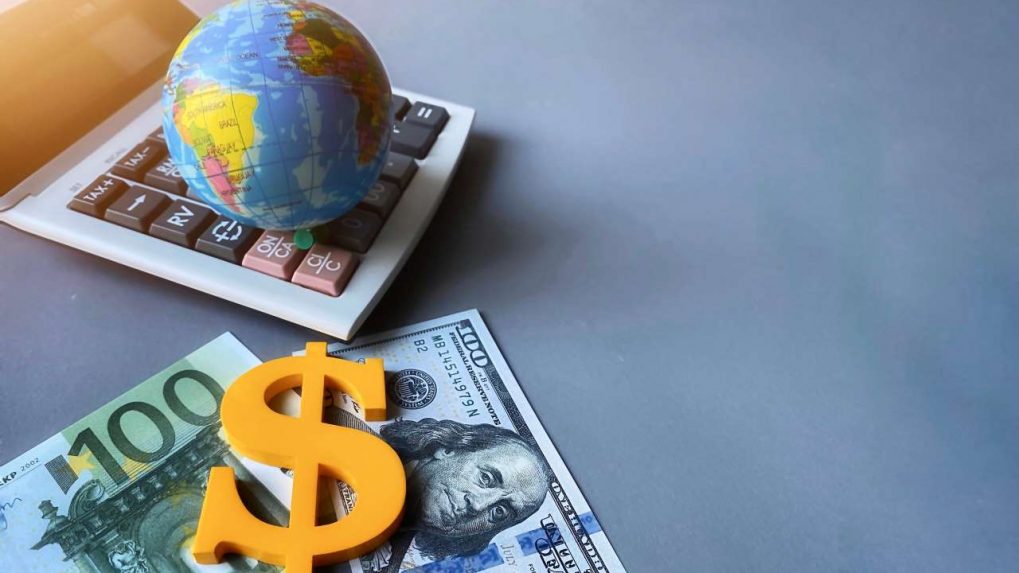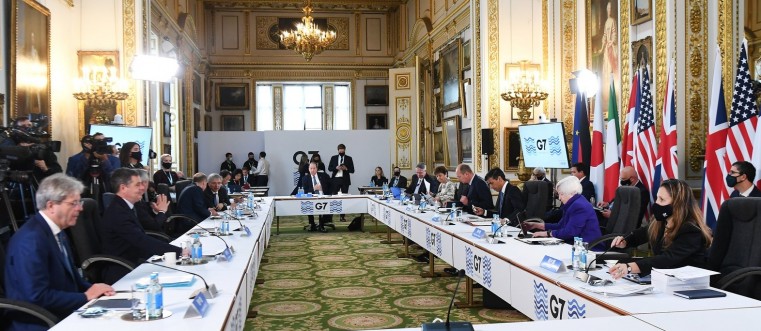
Economists around the world expect the global minimum tax deal to promote multinationals to help in boosting their homeland’s economies. Read to know all about this deal.
What is the global minimum tax deal?

With the pandemic came a huge strain on economies across the world. It is now that most economies want to discourage large multinational firms from shifting their profits and revenues to tax havens. While tax havens offer firms with a loophole to save more by paying low taxes, the parent country suffers huge losses.
How do multinational companies manage this? The firms migrate intangible sources of income such as software, royalties on intellectual properties, drug patents to low-tax countries. This way the firms avoid paying the high taxes in their home country. However, this new deal aims to put an end to the decades-long practice of foreign countries attracting investments.
Additionally, according to the deal, countries haveto make it effective by 2023. The timeframe is extremely tight. Especially while taking into account that the previous tax reforms took a long time to come into effect.
Here’s how this deal works
With the introduction of this deal, a global minimum tax rate will apply to profit made overseas for multinationals. However, it is only for those with over $868 million in global sales. Governments are free to set a minimal local corporate tax. What if firms pay lower rates in some countries? Then, the home country can ‘top up’ to a minimum of 15 percent. This way, they can avoid shifting profits. The deal includes a second overhaul track where countries can earn as much as 25 percent, making 10 percent more income.
Moreover, this global deal ensures that multinational companies pay a minimum tax of 15 percent. According to the Organisation for Economic Cooperation and Development (OECD), the deal has been agreed to by 136 countries since large companies can no longer evade taxation. However, according to the OECD, Kenya, Pakistan, Sri Lanka, and Nigeria are yet to join the agreement. However, it is still a huge excess as over 90 percent of the economies had agreed to the deal.
